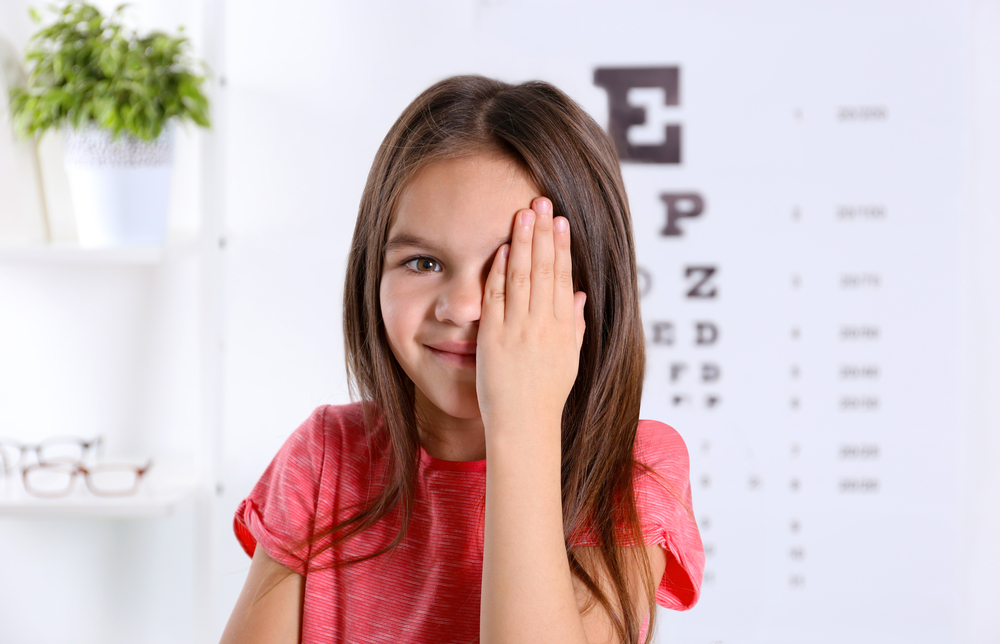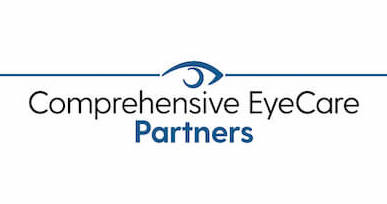
Every year, US emergency rooms see thousands of children who have sustained eye injuries. While these injuries are often the result of unintended accidents, some can cause temporary or permanent vision impairment!
To draw attention to the potential threats to children’s eye health and safety, the American Academy of Ophthalmology has designated August as Children’s Eye Health and Safety Month. This designation is a helpful reminder of the importance of protecting children’s vision.
Eye injuries are one of the biggest threats to young eyes. Children are often unaware of the dangers to their eyes posed by rough play or investigation of household chemicals.
Keep reading to learn some of the most common eye conditions that affect children during Children’s Eye Health and Safety Month!
Black or Swollen Eyes
Black and swollen eyes most often occur when a child’s eye socket or the area around the eye has taken a direct hit or sustained some type of trauma. Usually, black or swollen eyes are caused by a missed ball or a playground mishap.
Black or swollen eyes usually go away on their own, but applying ice packs or bags of frozen peas and resting can help ease discomfort. If blood pools in front of the eyeball, a condition called hyphemia, it’s important to seek emergency care immediately.
This can permanently obstruct vision if left untreated.
Chemical Burns
Many common household cleaners contain ingredients, like bleach and ammonia, which can cause ocular burns if accidentally splashed into children’s eyes or if a child rubs their eyes after exposure to these chemicals. If exposed to the eye, they can cause irritation, redness, and, in extreme cases, permanent vision loss.
If a child’s eyes are exposed to chemicals, their eyes should be flushed with running water and go to the emergency room. While product labels usually have instructions on what to do in case of eye exposure, a medical professional can most effectively treat ocular chemical burns.
Corneal Abrasions
Corneal abrasions are scratches on the surface of the eye. While they can be sustained by trauma to the eye, like with a black eye, they can also occur when small particles, like dust, grass, or sand, enter the eye.
It can be difficult for a parent or caregiver to assess the severity of corneal abrasions as they might not be immediately visible. If you think your child has suffered a corneal abrasion, you should have them checked out by a medical professional to prevent a minor abrasion from leading to lasting eye health issues.
Subconjunctival Hemorrhage
Subconjunctival hemorrhaging occurs when vigorous sneezing, coughing, or other face-related straining causes broken blood vessels in the whites of the eyes, which is called the conjunctiva. It often happens when a child is sick or has an allergy attack.
It may look severe, but the patches of red caused by subconjunctival hemorrhaging do not usually have a lasting impact on children’s eye health and typically clear up within a week or so. If subconjunctival hemorrhaging is causing eye irritation, using lubricating eye drops can help soothe children’s eyes.
While eye injuries in children are not entirely preventable, you can protect the health and safety of your child’s vision by knowing what to do in case of an eye emergency. Children’s Eye Health and Safety Month is a great time to learn how to ensure your child has a lifetime of clear vision!
Do you want to learn more about how to keep your children’s eyes healthy? Schedule an appointment at Shepherd Eye Center at one of our 5 locations in Las Vegas or Henderson, NV, today!


